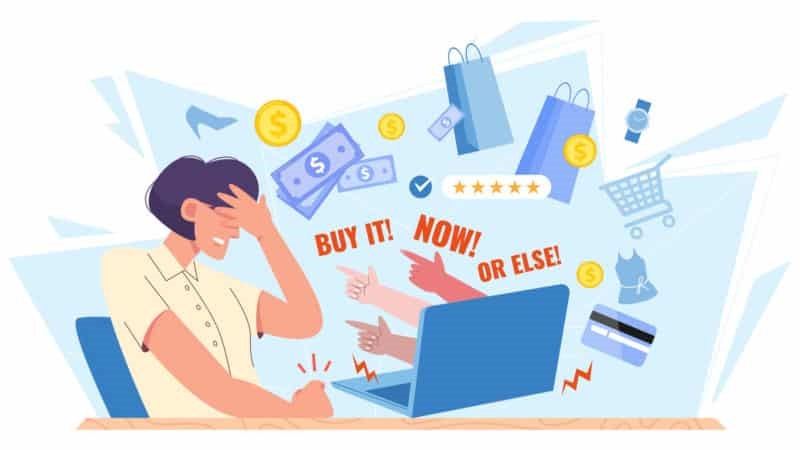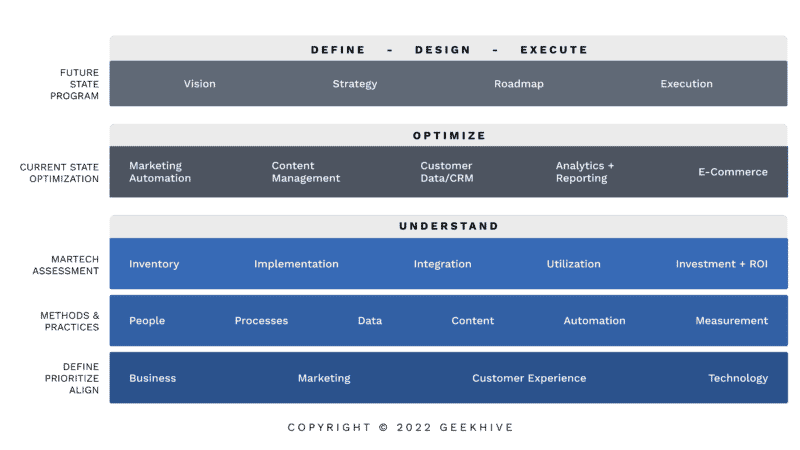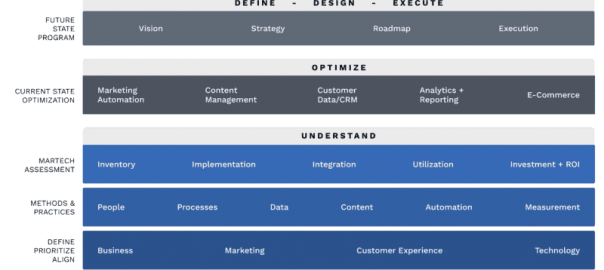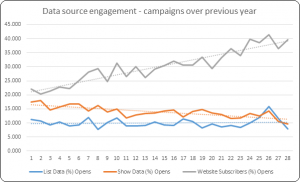How to be sure you’re in the driver’s seat, not the vendor.
There are many reasons marketing technology fails to deliver on its promise. Among the biggest are the questionable tactics of some vendors’ sales teams and customers who aren’t prepared for them. What follows is a way to be sure you’re prepared.
In 2020, Real Story Group managing director and analyst Jarrod Gingras wrote about martech vendor bullying. During my three decades of working in martech I have seen quite a bit of these. However, I’ve also seen proof of the adage that no one can walk all over you unless you lie down first.

Avoid martech buying potholes
In my article How to avoid a marketing technology #Fail, I gave strategic advice on how to avoid martech buying potholes. It’s a must-read for anyone adding new tools or trying to optimize a martech stack. This article follows on to that, providing a proven reference model for martech buyers. It will give you an edge in evaluating and selecting tech and improve your outcome.
Here are the five steps to achieve success in building an effective martech stack.
1. Define, align, prioritize
First, never engage with a martech seller unless and until you are fully prepared.
Being fully prepared means defining, aligning and prioritizing your business goals for marketing, customer experience and marketing technology. This makes your needs and priorities clear to you and the seller. If the seller listens more than they talk, they’ll show how their product or service aligns with your stated goals.
2. Refine methods and practices
When I say methods and practices, I mean the people, roles, tasks and processes that power your marketing organization.
You must have the right people and they have to know where they’re going, why and how to get there. They have to have the data, content and automation needed to engage and develop meaningful relationships with prospects and customers. Measuring inputs and outcomes allows you to know if all this is working.
These methods and practices must be reviewed, optimized and ratified regularly. If it only happens when you’re considering a martech change or when a marketing or business challenge arises, you’re doomed to failure.

3. Marketing technology assessment
It is absolutely essential that you thoroughly understand your current martech stack before undertaking any changes. This requires knowing the specific platforms and point solutions, the goals for each and how they were implemented.
You must also know how it all works together. Especially,
- Why and how is your stack integrated?
- What’s the operational construct to help you realize the maximum value of your martech investments from a utilization and ROI point of view?
Knowing all this will enable you to separate the sense from the nonsense of a vendor’s offering.
4. Current state optimization
You’ve got stuff. In many cases, a lot of stuff. It’s the result of too many choices (some 10,000 solutions in 2022). Add to that a lack of subject matter expertise (after all, you’re a marketer, not a technology product manager), a deep need to keep the marketing train moving and prove value to leadership and that ever-present marketing problem du jour. All this explains why many organizations have upwards of 120 martech tools.
What matters isn’t the number of tools, it’s whether the tools you have suit the needs of your marketing organization.
I’ve worked with small to medium-sized businesses with a foundational martech stack of marketing automation, content management, customer data, e-commerce and analytics and reporting tools that outperform companies 100 times their size.
Focus on optimizing what you have. If a tool doesn’t consistently deliver value and ROI, if it’s not fit for the purpose or, worse, not used, get rid of it.
5: Envision a future state
In addition to knowing where you are, have a clear picture of where you want to be.
- What will you be able to do that you can’t do now?
- How will this help you achieve your goals?
The steps I’ve outlined here will enable you to answer these questions. This is the outcome of designing and documenting a useful, fully utilized and cost-effective martech stack. In doing this work you will have developed a vision and strategy for all your marketing efforts. The final step is turning it into a roadmap and execution plan for martech excellence.
The post 5 steps to martech stack success appeared first on MarTech.
(36)
Report Post






